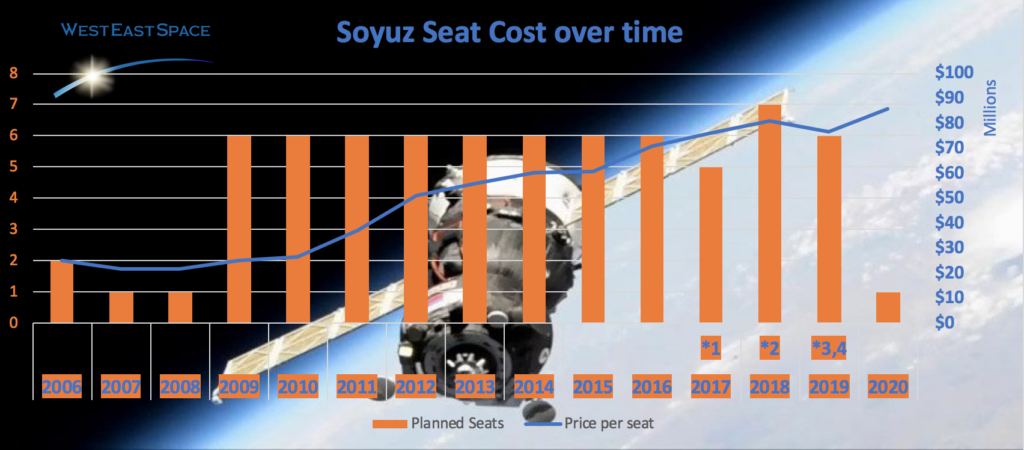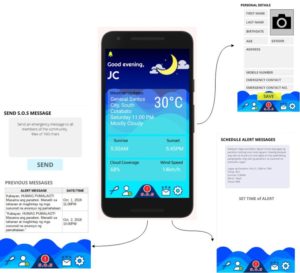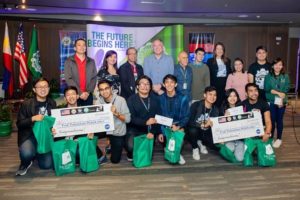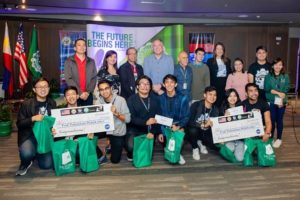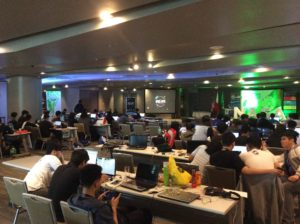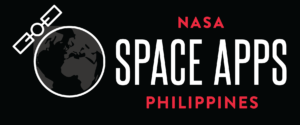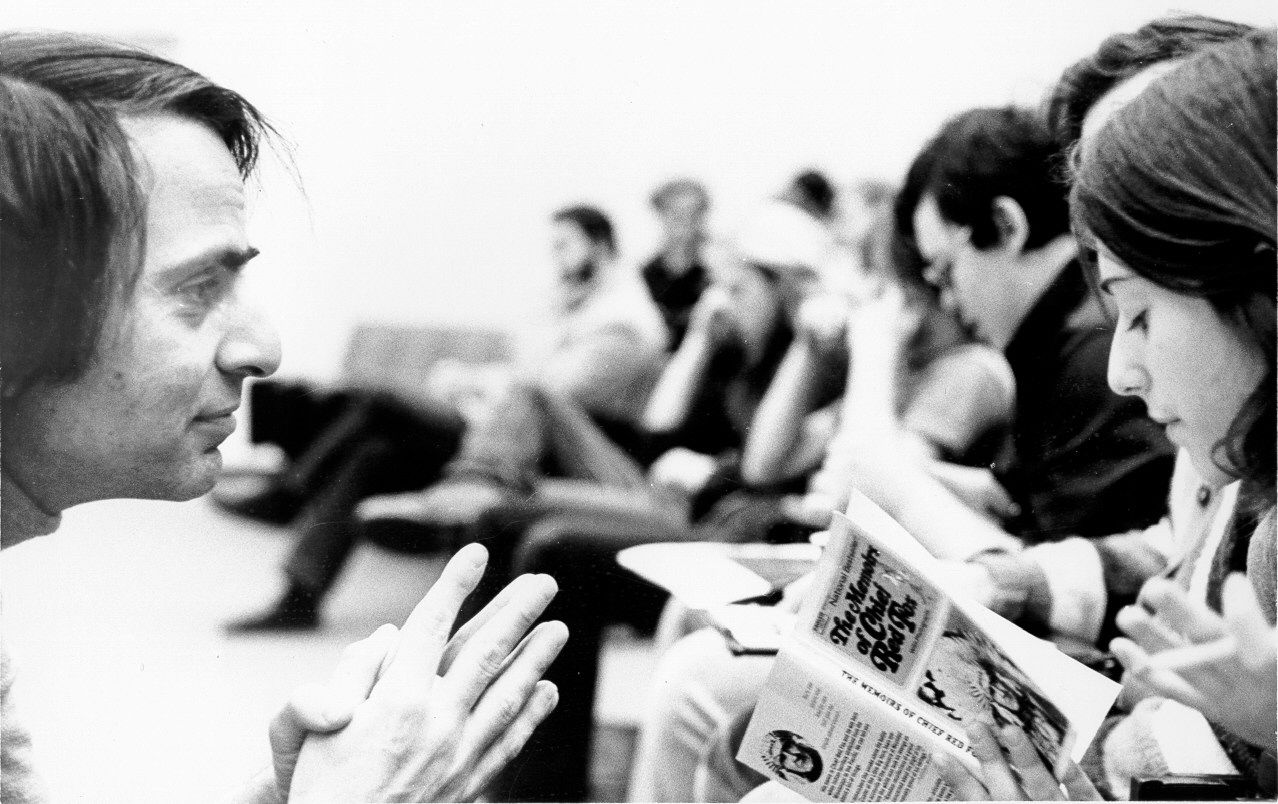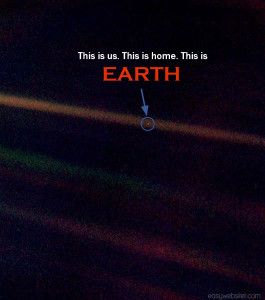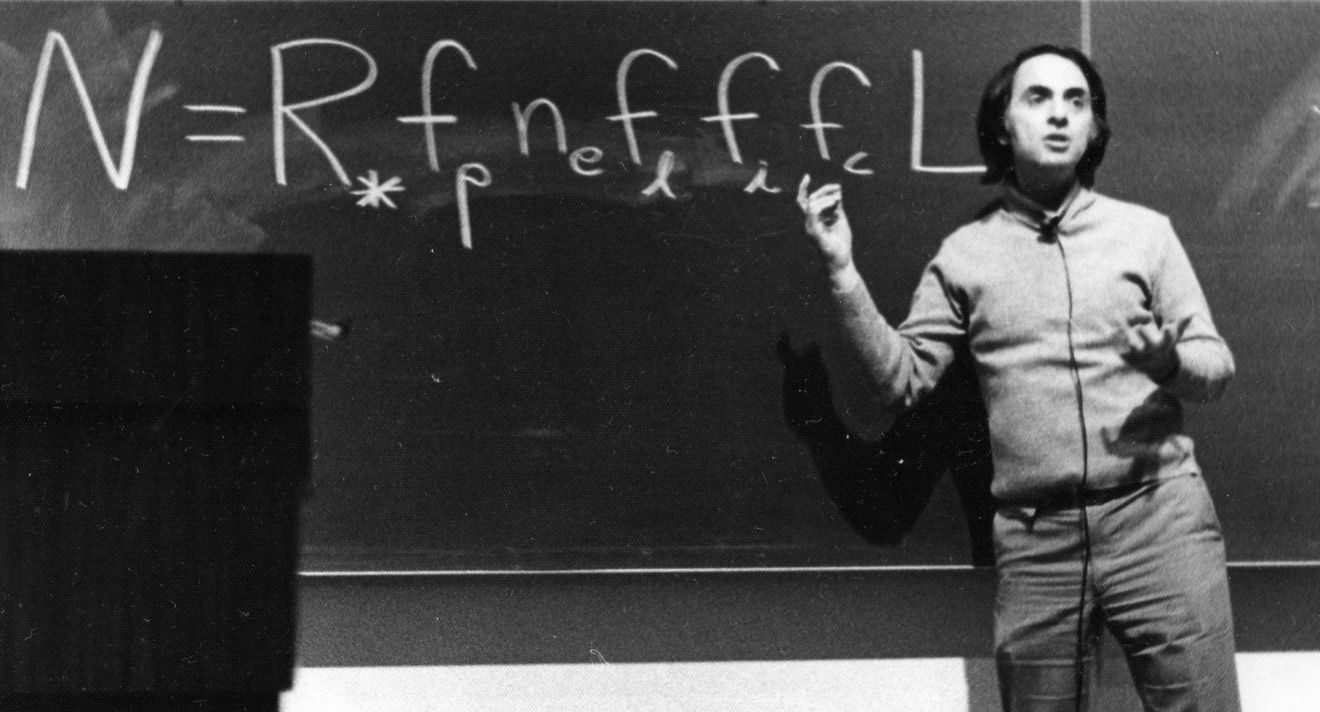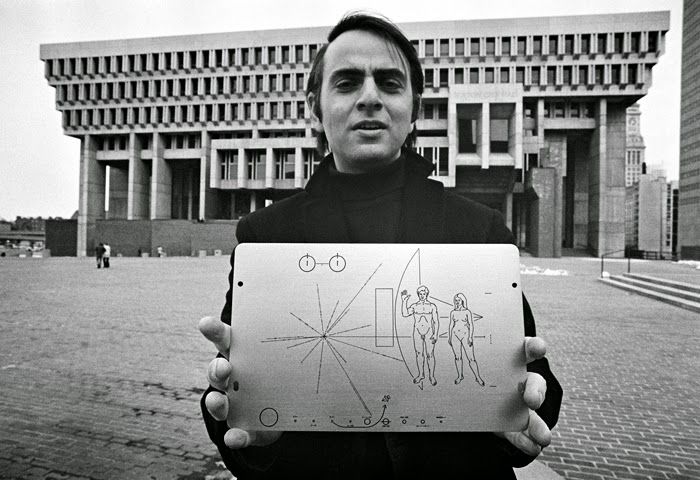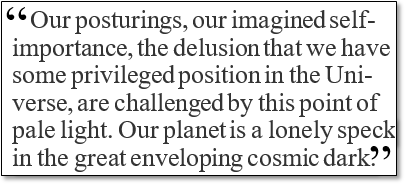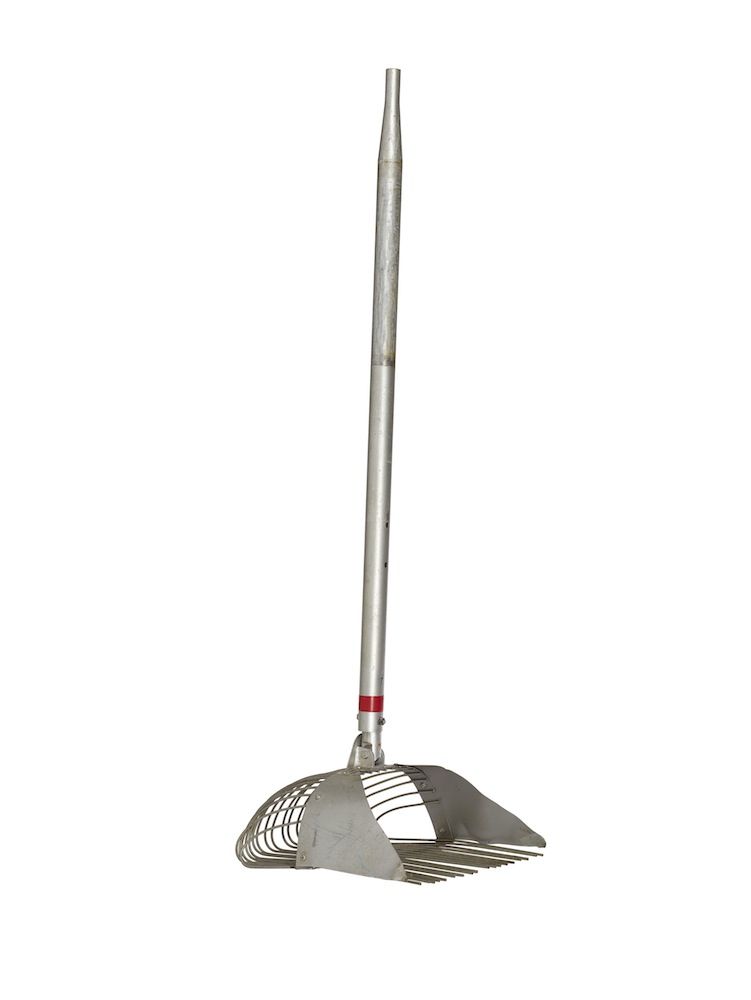By Bill D’Zio March 25, 2020
SpaceX Crew Dragon on approach Credit NASAPart 2 of the Life in Space with COVID19 we will delve into Crew demo-2 where NASA and SpaceX are planning a launch within two months. There are a lot of pre-launch milestones and activities to cover to ensure a safe flight for the Astronauts. If anything goes wrong, there are lives at stake. Now NASA and SpaceX have to contend with another potential setback, COVID19 pandemic. (Click here for part I)

The SpaceX Crew Dragon spacecraft for Demo-2 arrived at the launch site on Feb. 13, 2020. Photo credit: SpaceX
In Part I of why COVID19 pandemic is bad timing for the Space industry, we covered that issues happen because the relationship between complexity, risk, schedule and cost for space missions was not balanced.
A plot of mission complexity against schedule distribution showed that all of the partial or complete failures occur in the bottom third of the distribution indicating a strong correlation. (a partial failure means that the mission was able to continue or complete some of the original objectives)
Establishment of a ‘‘no-fly zone’’ can be done defining criteria where based on the complexity of the project the sufficient time or money to develop a system was not allocated. In short, when NASA did not allocate sufficient time and or funding in order to offset the increased complexity there was a much higher likelihood of partial or complete mission failure.
In review of the failures for these past mission failures, under budget or schedule constraints, projects tended to bypass best practices such as testing. The bypassing of tests and best practices translates into higher risk since the testing could have detected and allowed NASA to correct the issue before it impacted the mission.Journey to Mars impact by COVID19
NASA and contractors are already well behind on their efforts for the Space Launch System (SLS) rocket. Design challenges, tornados and now COVID19.
NASA has stated that work on the agency’s Artemis program continues but with limited production of hardware and software for NASA’s Space Launch System (SLS) rocket. SLS and Orion manufacturing and testing activities at NASA’s Michoud Assembly Facility and Stennis Space Center are temporarily on hold as a result of the COVID19 pandemic. The first crewless Artemis mission Orion spacecraft will be shipped from the the Glenn Research Center to its Kennedy Space Center. Recently NASA completed a series of tests required to validate the spacecraft in advance of the first mission and integration on top of SLS for the Artemis I lunar mission. The Artemis II Orion spacecraft at KSC is also still progressing.
NASA plans to leverage capabilities across the agency virtually. NASA shared that it already functions in a virtual team environment to conduct engineering analysis and other work and expects minimal impact from the requirement for mandatory telework. Since much of the lunar Gateway is still in the design phase, development work on the Gateway program can be done remotely. On-site activity beyond has been temporarily suspended until further notice.
Work also is continuing on NASA’s Commercial Crew Program. NASA is more than three years behind schedule with both SpaceX and Boeing. Further delays of the CCP could result in diminished operation of the international space station. The upcoming launch of SpaceX Crew Demo 2 is a critical element to maintaining safe operations on the International Space Station and a sustained U.S. presence on the orbiting laboratory. Additionally, commercial resupply activities and future missions also will go on as scheduled in order to keep the space station crew fully supplied and safe. SpaceX and NASA are targeting no earlier than mid-to-late May for Crew Dragon’s launch with two NASA Astronauts on board.
SpaceX is moving along on its efforts for the upcoming missions despite a public order by the mayor of Los Angeles to close “non-essential businesses” in the city, where SpaceX is headquartered. Since SpaceX is conducting work to support the ISS a strong argument can be made that SpaceX is essential. Caution still needs to be taken to avoid unexpected outcomes.

The NASA_Orion spacecraft and European Service Module are in the vacuum chamber ahead of final environmental testing Credit ESA
Recalling that the failures for many past NASA missions stemmed from projects being under budget or schedule constraints, a shortage of resources that normally would work on the project may cause complications. New resources added to projects if a key individual is sick, or if an individual is sick, can compromise projects.
New resources may tend to miss or not understand best practices. Mistakes can happen if individuals are attempting to utilize software from a home computer rather than their workstation at work. Peer reviews of work that normally would occur face to face may shift to digital medium and be less effective resulting in more time, or needing to rush through some tasks.
In short, COVID19 is forcing people out of their normal routine. Any time that happens, a good look at the assumptions behind the work need to be done to avoid higher risk situations.
About The Author

Bill D’Zio
Co-Founder at WestEastSpace.com
Bill founded WestEastSpace.com after returning to China in 2019 to be supportive of his wife’s career. Moving to China meant leaving the US rocket/launch industry behind, as USA and China don’t see eye to eye on cooperation in space. Bill has an engineering degree and is an experienced leader of international cross-functional teams with experience in evaluating, optimizing and awarding sub-contracts for complex systems. Bill has worked with ASME Components, Instrumentation and Controls (I&C) for use in launch vehicles, satellites, aerospace nuclear, and industrial applications.
Bill provides consulting services for engineering, supply chain, and project management.

